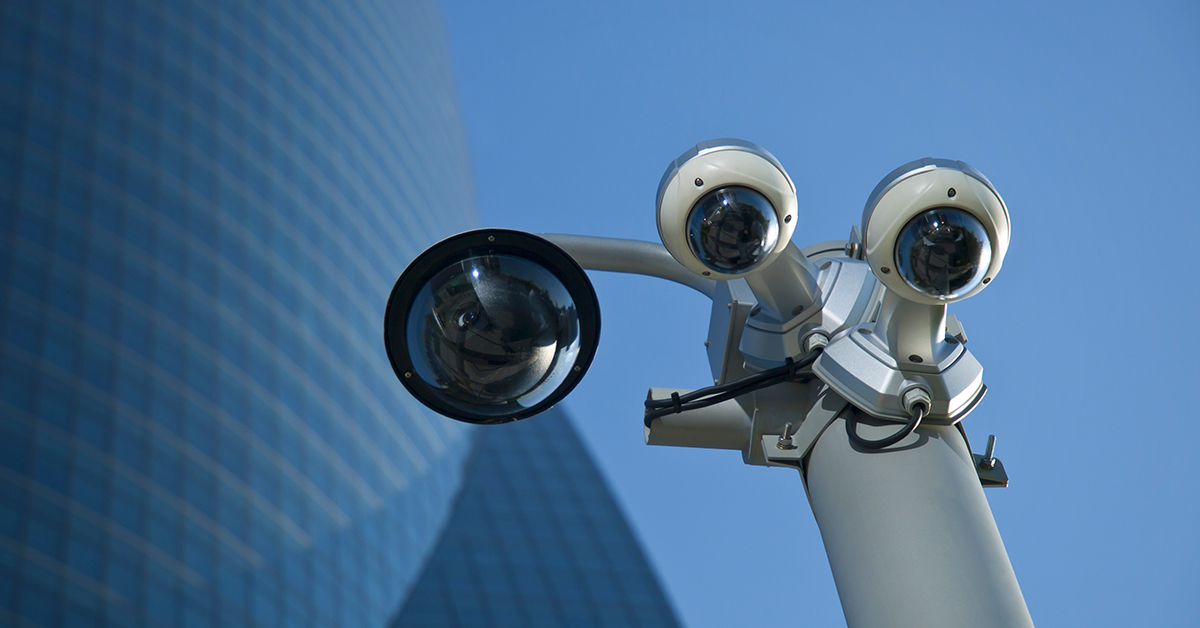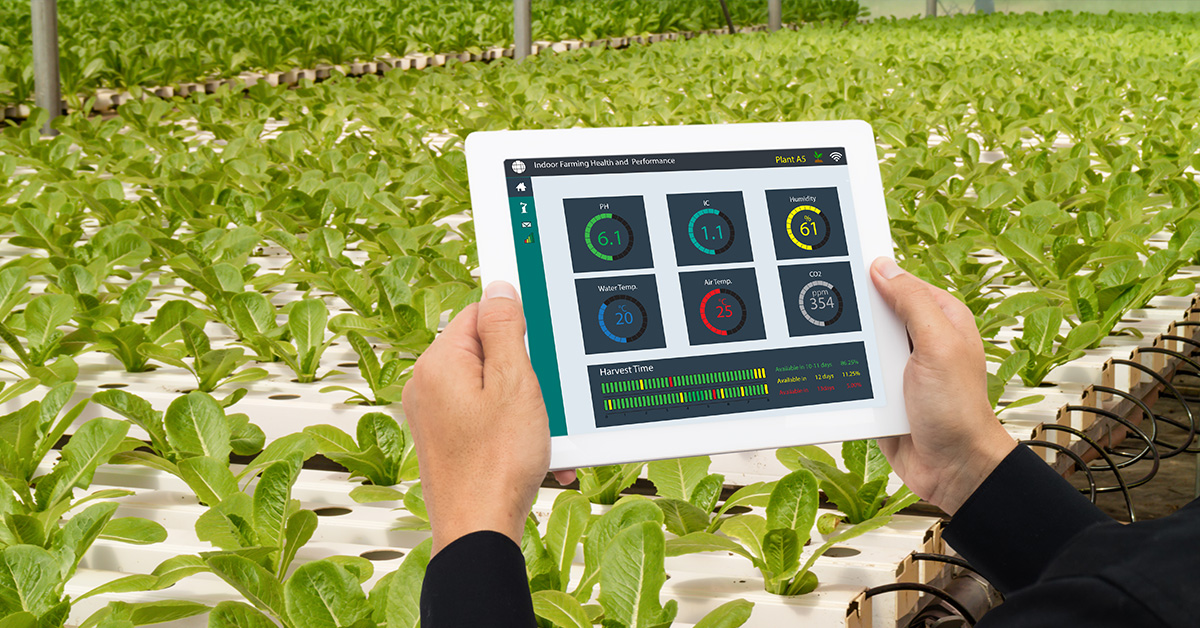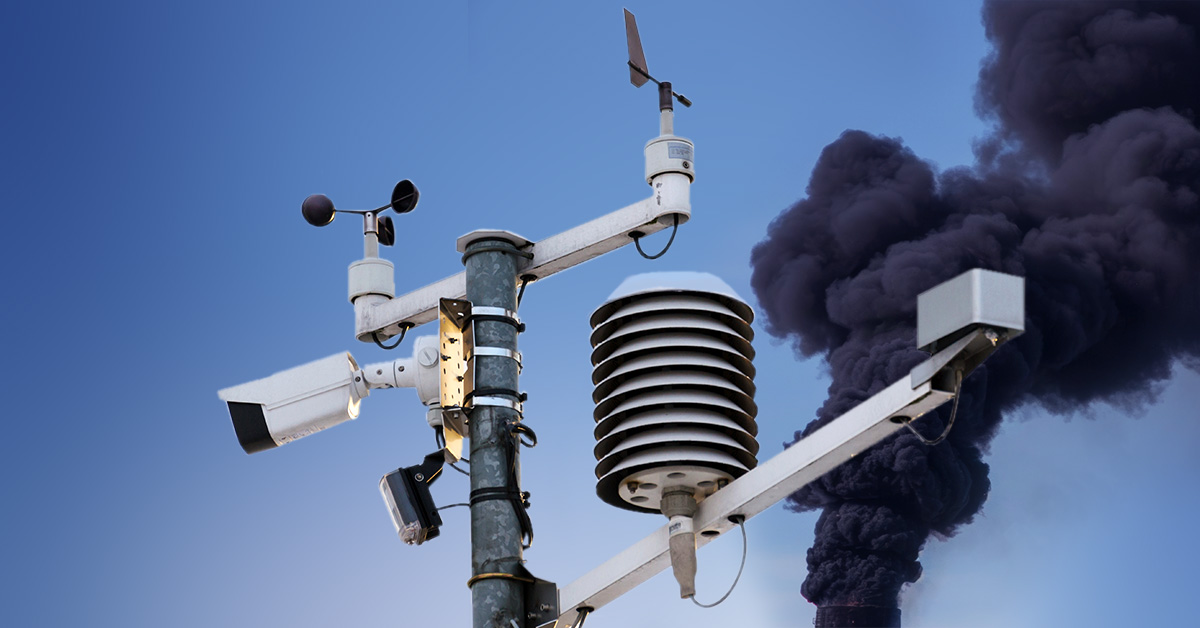What is IoT?
New to IoT?
Not sure where to start or how your business can benefit?
Why would a business deploy IoT?
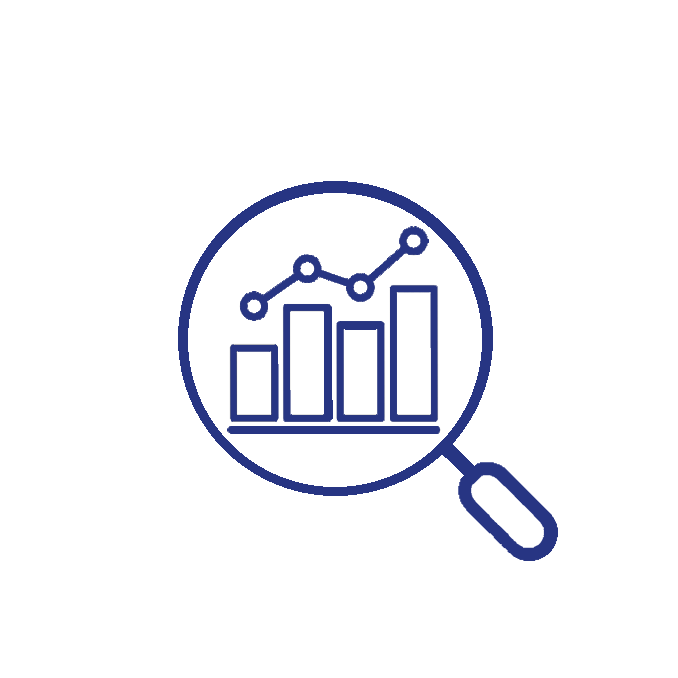
Information & Monitoring
Real-time data collection and monitoring.

Improved efficiency
Streamlining operations through automation.
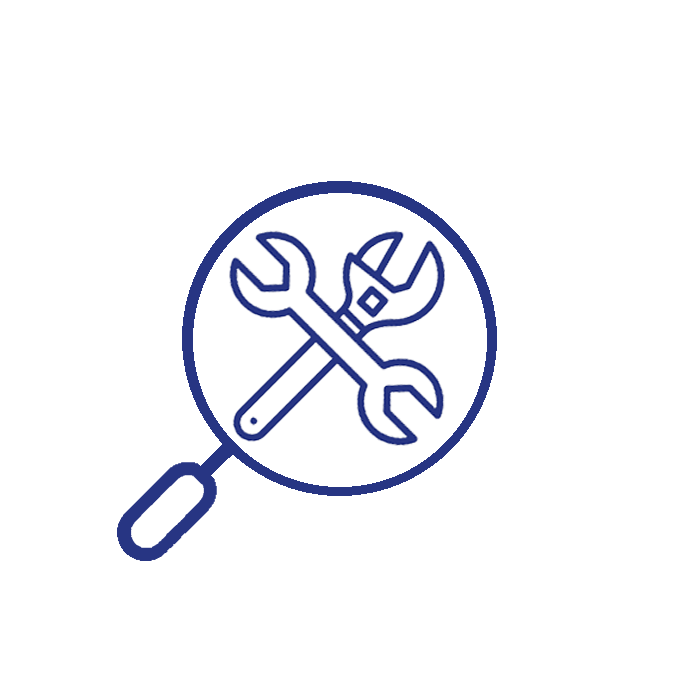
Predictive Maintenance
Proactively addressing maintenance needs.

Better Decision Making
Enhanced insights from data analytics.
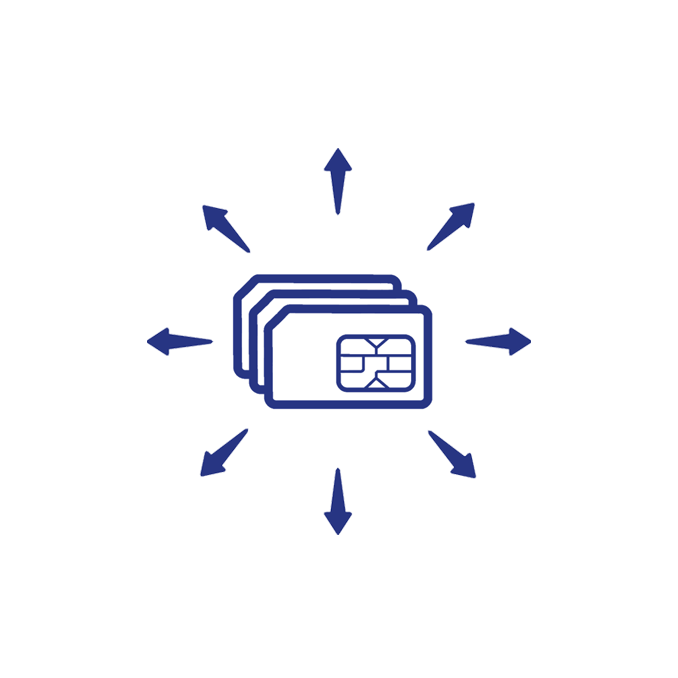
Ease Of Deployment
Simplifies integration of devices like CCTV, payment terminals, and alarm.
Why would a business deploy IoT?

Information & Monitoring
Real-time data collection and monitoring.

Improved efficiency
Streamlining operations through automation.

Predictive Maintenance
Proactively addressing maintenance needs.

Better Decision Making
Enhanced insights from data analytics.

Ease Of Deployment
Simplifies integration of devices like CCTV, payment terminals, and alarm.
Key Components of an IoT Solution
Why would a business deploy IoT?
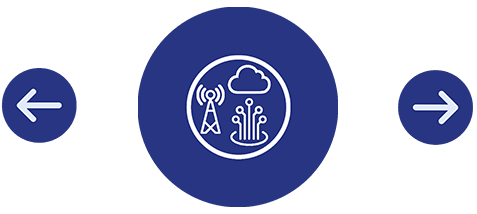
Connectivity
Secure and reliable mobile, fixed line and cloud communication.
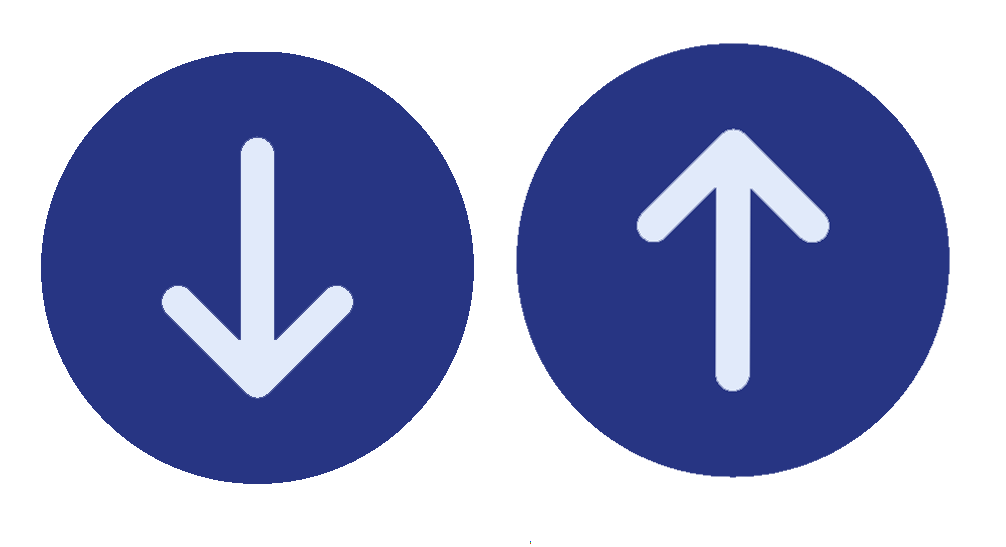
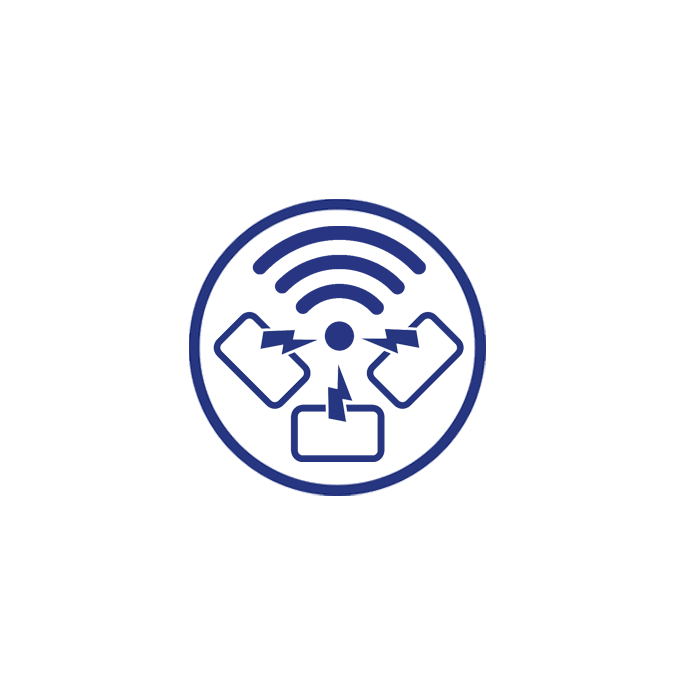
Devices
Routers, gateways and sensors sending/receiving important data.

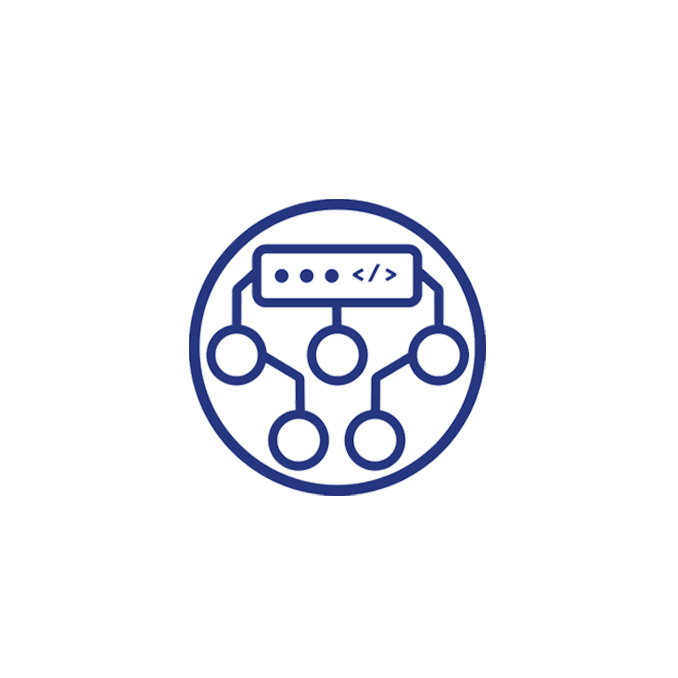
Platform
Software that processes and stores data and manages devices.


Platform
Software that processes and stores data and manages devices.


Application
Useable intelligence and reporting for automated processes.


Users
More effective and informed decision making.
Key Components of an IoT Solution
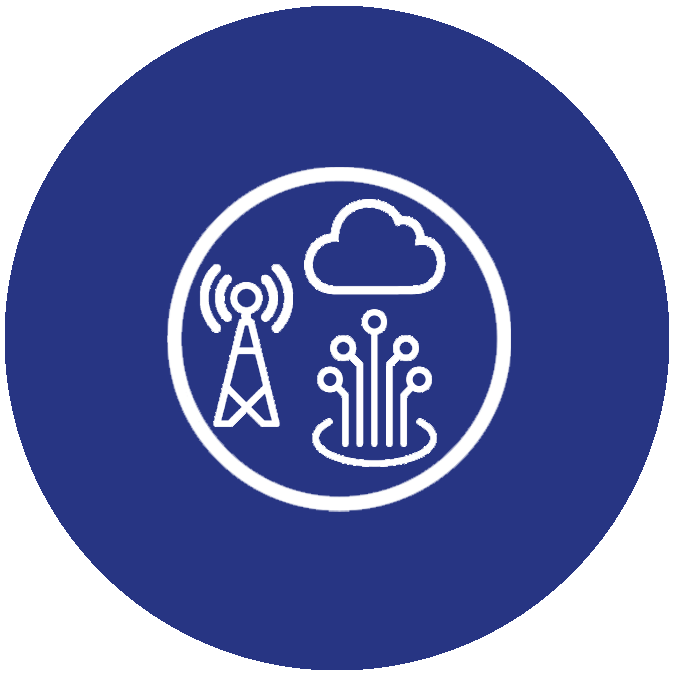
Connectivity
Secure and reliable mobile, fixed line and cloud communication.

Devices
Routers, gateways and sensors sending/receiving important data.
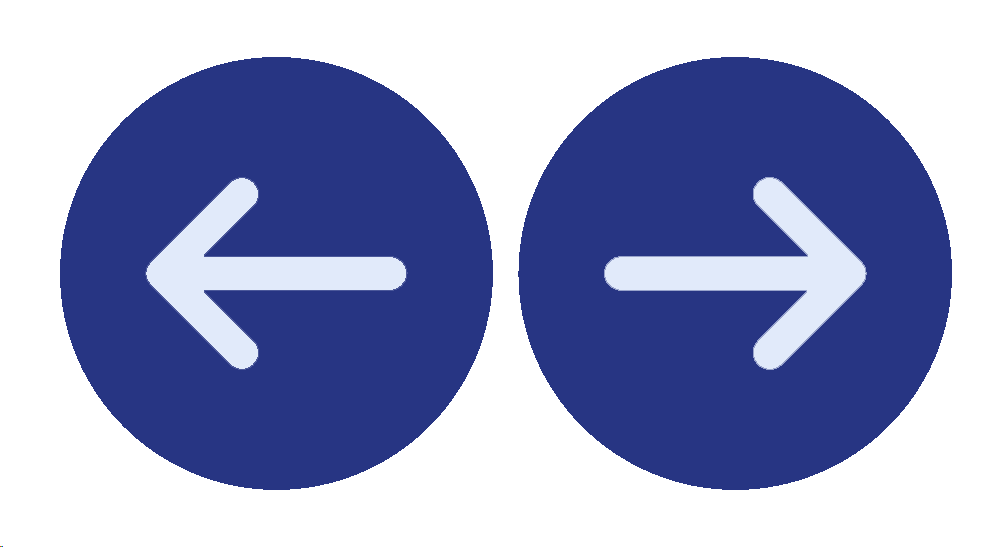

Platform
Software that processes and stores data and manages devices.


Application
Useable intelligence and reporting for automated processes.


Users
More effective and informed decision making.
Key Components of an IoT Solution
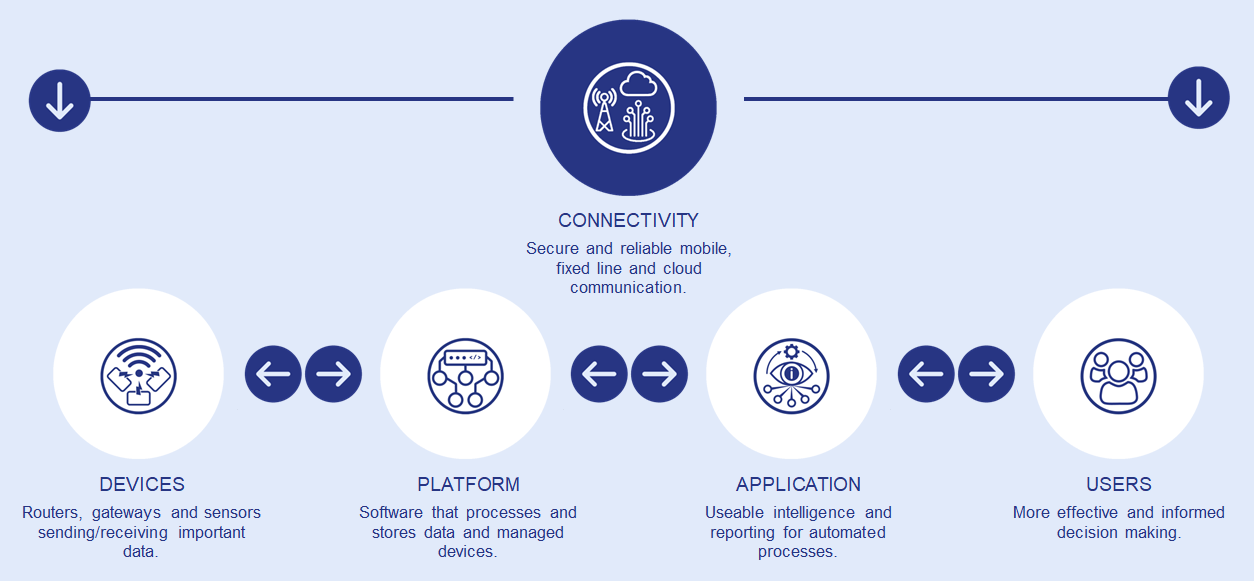
Mobile connectivity types
Understanding the different mobile connectivity types is essential to choosing the right IoT solution.
LTE-M
CaT M1
Low power
Low speed
Low data usage
Mobile / non-static devices e.g. asset tracking
NB-IoT
CaT NB1
Low power
Low speed
Low data usage
Fixed location, static devices e.g. remote sensors
2G
Longer range
Low speed
Being phased out
Wearables
Smart Meters
White Goods
3G
Now sunsetting
→ Use 4G
4G
Best available coverage
Low & high data usage
Speeds up to 100Mbps
Smart buildings
CCTV/Video streaming
Fleet management
5G
Very low latency
Higher speeds
Shorter range
Autonomous vehicles
Mass Machine
Communication
Mobile connectivity types
Understanding the different mobile connectivity types is essential to choosing the right IoT solution.
LTE-M
CaT M1
Low power
Low speed
Low data usage
Mobile / non-static devices e.g. asset
tracking
NB-IoT
CaT NB1
Low power
Low speed
Low data usage
Fixed location, static devices e.g. remote
sensors
2G
Longer range
Low speed
Being phased out
Wearables
Smart Meters
White Goods
3G
Now sunsetting
→ Use 4G
4G
Best available coverage
Low & high data usage
Speeds up to 100Mbps
Smart buildings
CCTV/Video streaming
Fleet management
5G
Low power
Low speed
Low data usage
Autonomous vehicles
Mass Machine
Communication
Mobile connectivity types
Understanding the different mobile connectivity types is essential to choosing the right IoT solution.
LTE-M
CaT M1
Low power
Low speed
Low data usage
Mobile / non-static devices
e.g. asset tracking
NB-IoT
CaT NB1
Low power
Low speed
Low data usage
Fixed location, static devices
e.g. remote sensors
2G
Longer range
Low speed
Being phased out
Wearables
Smart Meters
White Goods
3G
Now sunsetting
→ Use 4G
4G
Best available coverage
Low & high data usage
Speeds up to 100Mbps
Smart buildings
CCTV/Video streaming
Fleet management
5G
Very low latency
Higher speeds
Shorter range
Autonomous vehicles
Mass machine
communication
Some typical IoT solutions
Designed to avoid or significantly reduce device endpoint configuration, One Network delivers maximum benefit at minimum cost.
Spitfire Unified Network enables quick and easy deployment of secure IoT networks for mobile,
fixed line and cloud.
IoT Growth
The adoption of IoT is growing rapidly, with significant advancements in connectivity and technology. It is now easier than ever to deploy an IoT network!
Cellular IoT Connections
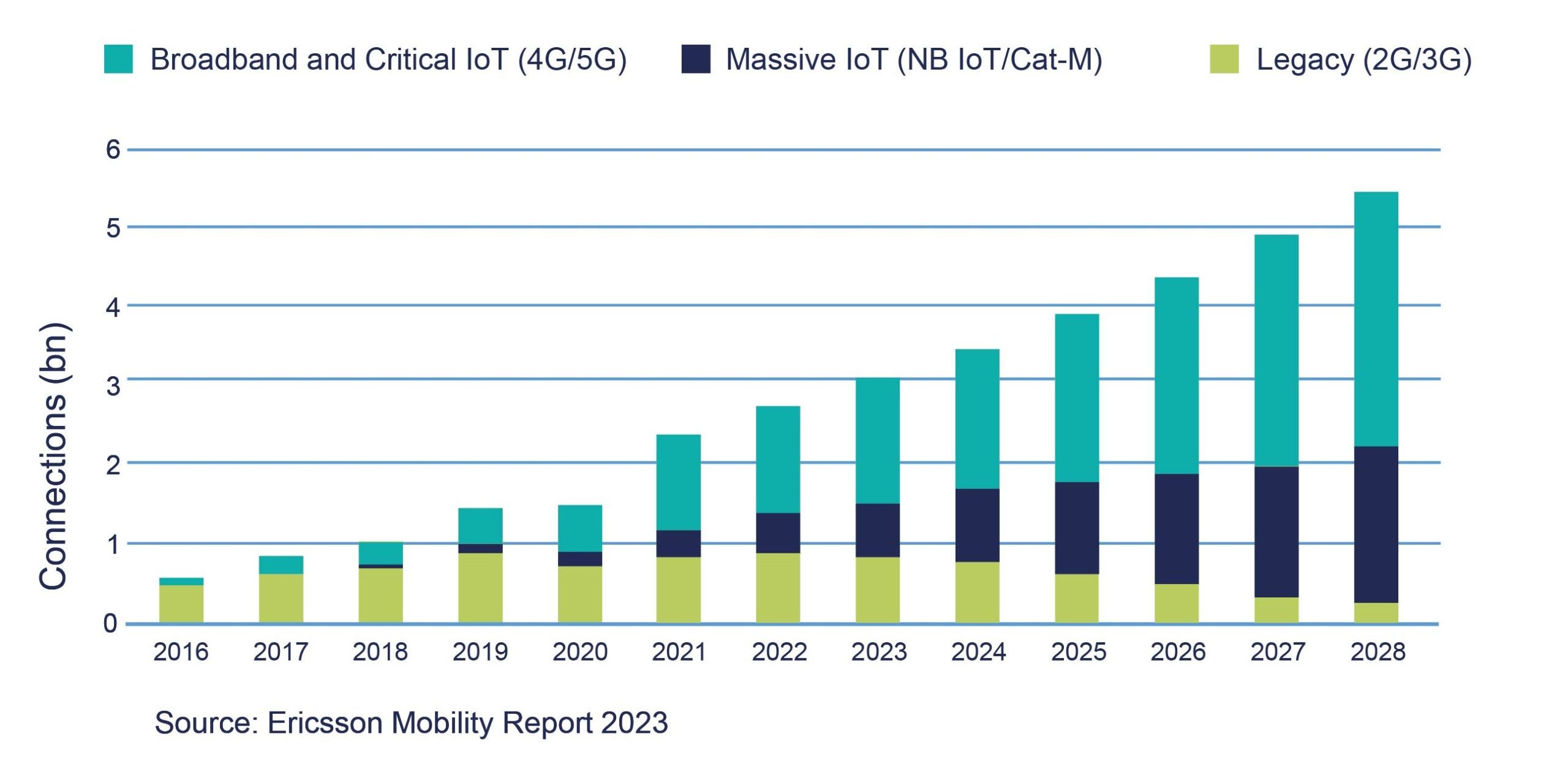
IoT Resources & More Info
Speak to an expert today
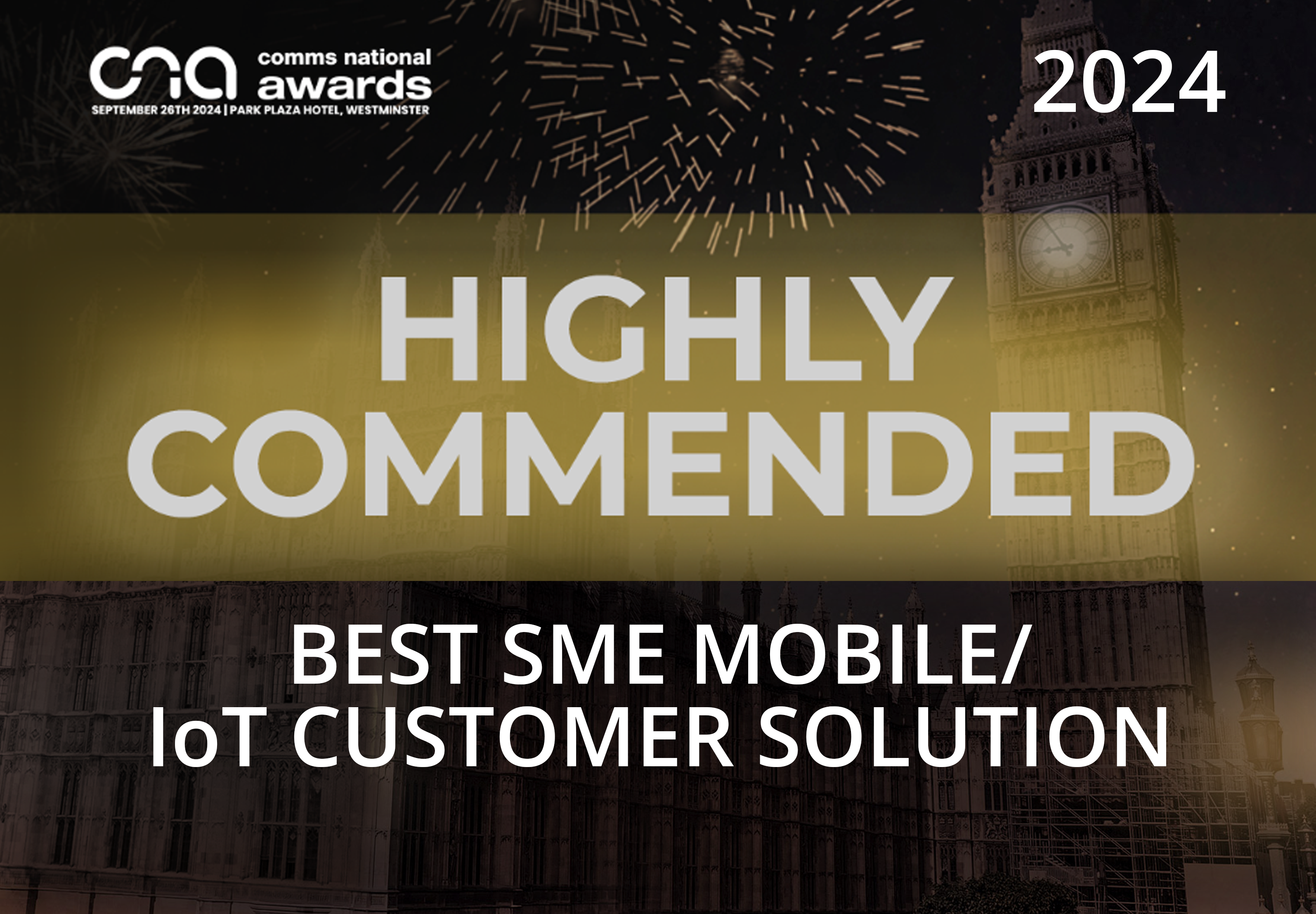
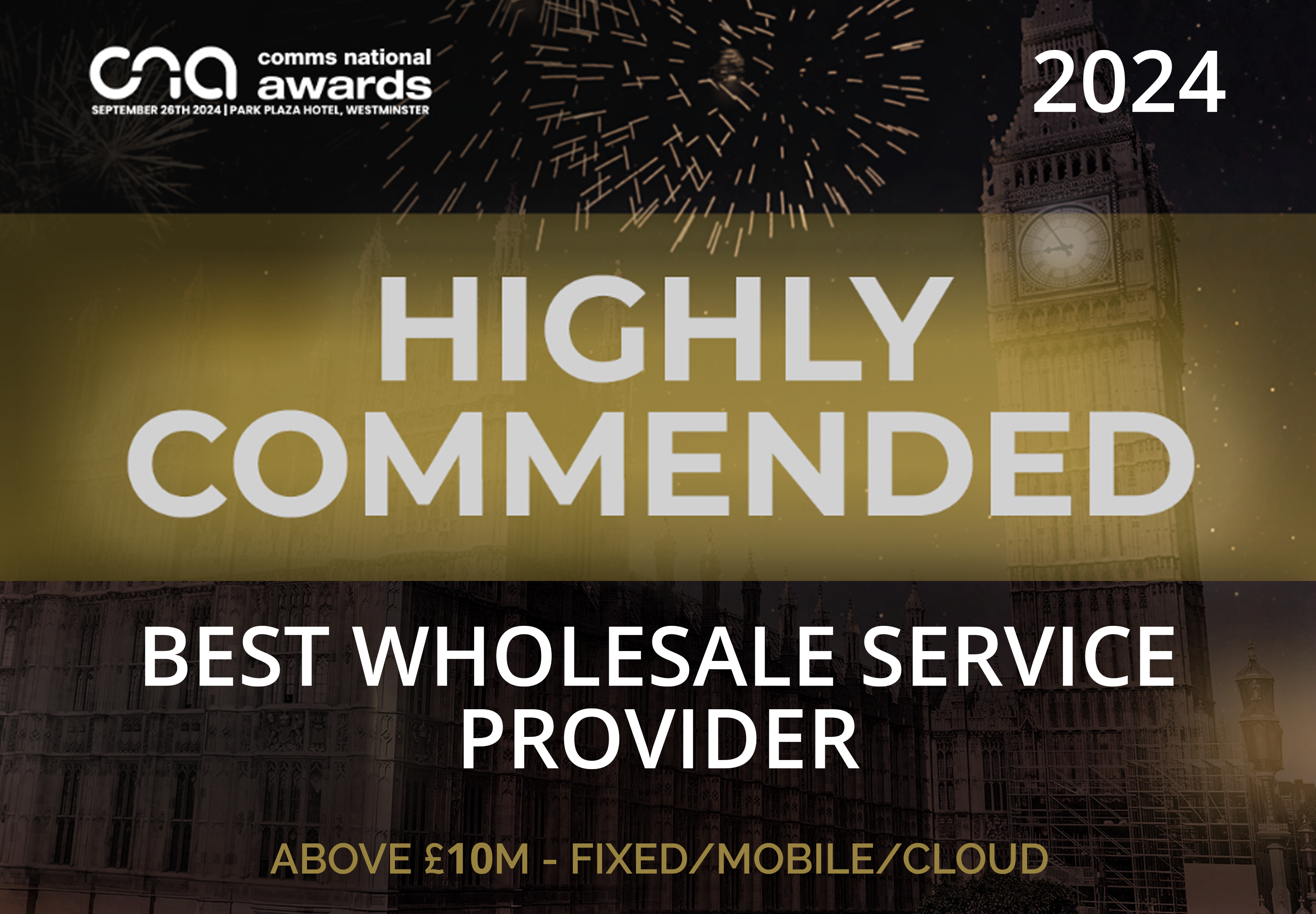
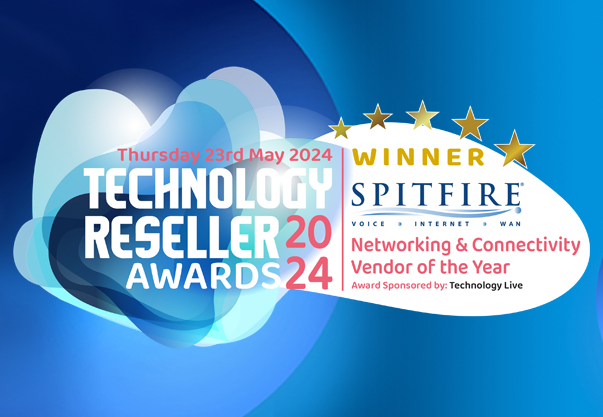
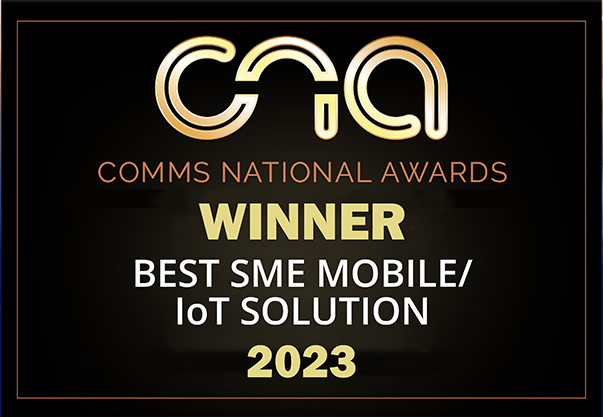
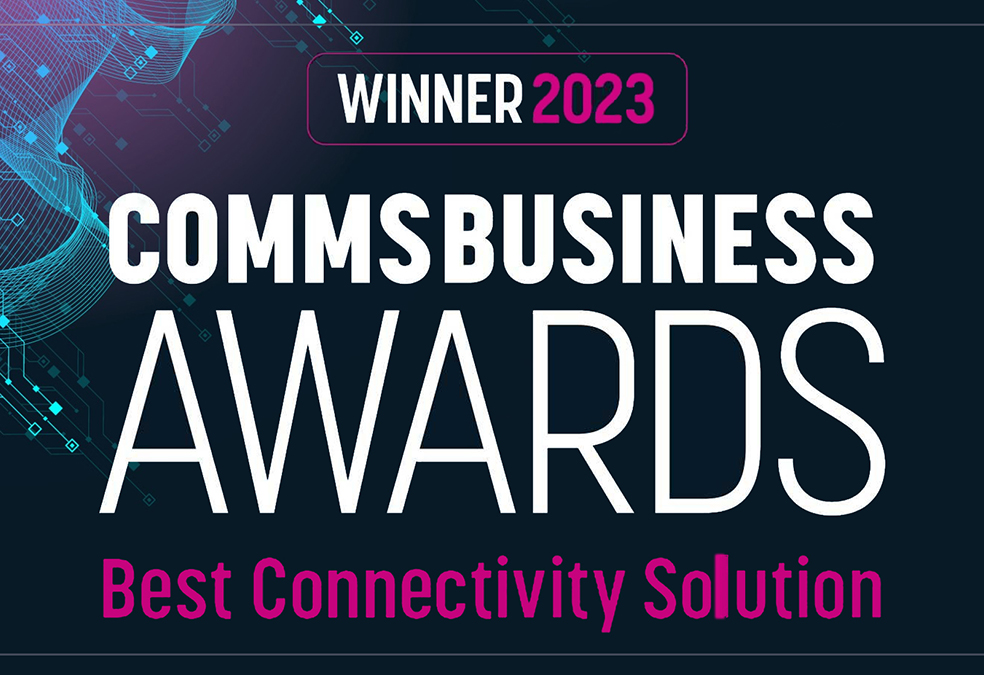





Introduction to IoT
THE INTERNET OF THINGS
The Internet of Things (IoT) refers to a network of physical devices connected to the Internet (or other data network), capable of collecting and exchanging data. These devices range from everyday household items like smart thermostats and security cameras to more complex industry machines, vehicles and appliances. The core concept of IoT is the ability of devices to communicate with each other (Machine to Machine or M2M communication), and provide business users with greater levels of control enabling automation, improved efficiency, and data-driven decision-making.
Spitfire Customer Portal
We’re here to help!
Feel free to call or email our team on:
020 7501 3344 or iotsales@spitfire.co.uk
The information submitted on this form will be used solely for the purpose of responding to your enquiry. A copy of our Privacy Policy may be found here
We’re here to help!
Feel free to call or email our team on:
020 7501 3344 or iotsales@spitfire.co.uk
The information submitted on this form will be used solely for the purpose of responding to your enquiry. A copy of our Privacy Policy may be found here

